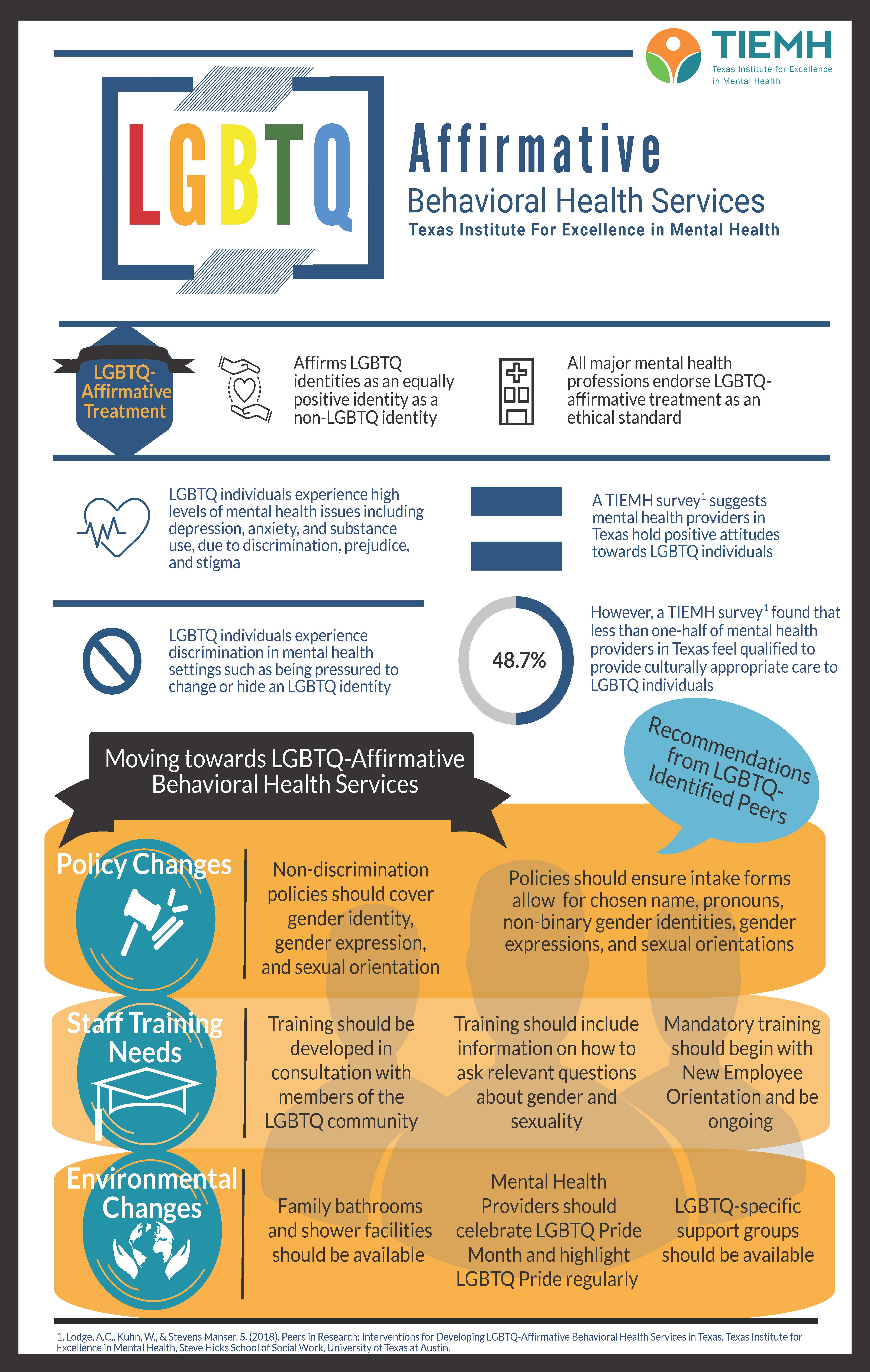Distinguishing Between Health Care And Urgent Care: Choosing When To Gain Access To Each Service

Authored By-Hermann Hanna
When it concerns your health, knowing whether to choose medical care or immediate treatment can be essential. Recognizing the distinctions in between these 2 services and recognizing the details situations where each lusters is essential for making educated choices about your clinical requirements. By grasping the subtleties of primary care and immediate care, you can navigate the medical care landscape better and ensure that you receive the suitable degree of focus when seeking treatment.
Trick Distinctions Between Health Care and Urgent Care
Wondering exactly how health care varies from immediate treatment and when to pick each? Allow's break it down for you. Health care concentrates on precautionary treatment and managing general wellness. You see a primary care physician for regular check-ups, inoculations, testings, and continuous health concerns. This sort of care establishes a lasting connection with a healthcare provider that recognizes your medical history and can assist you through numerous health issues.
On the other hand, urgent care is for prompt clinical requirements that emerge all of a sudden. If you have a minor injury or health problem that calls for prompt interest but isn't deadly, immediate treatment facilities are equipped to handle it. They provide extended hours and walk-in consultations, making them convenient for sudden health problems that can't await a health care visit.
Elements to Think About Prior To Deciding On Treatment
Prior to making a decision between health care and immediate treatment, take into consideration reviewing the extent of your clinical concern and the seriousness of treatment required.
First, assess the seriousness of your signs. If you're experiencing light symptoms like an acute rhinitis, breakout, or small sprain, health care may appropriate. On the other hand, if you have severe signs and symptoms such as chest pain, trouble breathing, severe allergies, or deep cuts calling for immediate interest, immediate treatment is likely better suited.
Additionally, consider the time of day and day of the week. Health care centers generally run throughout routine service hours, while urgent treatment centers frequently supply extensive hours and weekend schedule.
Another variable to consider is cost. Immediate treatment gos to are typically more pricey than primary care sees, so if price is a concern, primary care may be the much more cost-effective option.
Understanding When to Look For Urgent Care
To figure out when to seek urgent care as opposed to medical care, assess the severity and urgency of your medical concern, concentrating on signs and symptoms like chest discomfort, trouble breathing, severe allergies, or deep cuts that require prompt attention.
If you experience unexpected and serious breast discomfort, particularly if it radiates to your arm or jaw, it might show a cardiac arrest, necessitating immediate clinical evaluation. In a similar way, difficulty breathing, especially if it begins unexpectedly or is accompanied by breast tightness or wheezing, might indicate a serious respiratory trouble that calls for prompt interest at an urgent care center.
Severe allergic reactions, such as swelling of the face or throat, hives throughout the body, or difficulty swallowing, could indicate anaphylaxis, a deadly condition that requires immediate therapy. Deep cuts that are bleeding a lot, gaping open, or exposing underlying tissue ought to be evaluated at urgent care to prevent infection and make sure correct wound closure.
If you experience any of these signs and symptoms, looking for immediate care promptly is critical for your wellness and well-being.
Conclusion
Ultimately, understanding the difference between primary care and immediate care is essential in ensuring you get the proper level of clinical attention for your requirements.
By thinking about factors such as the severity of symptoms, time constraints, and facility accessibility, you can make a notified choice on whether to look for routine care from a medical care provider or instant interest from an immediate care facility.
Prioritizing your wellness and wellness begins with knowing when to seek each service.

